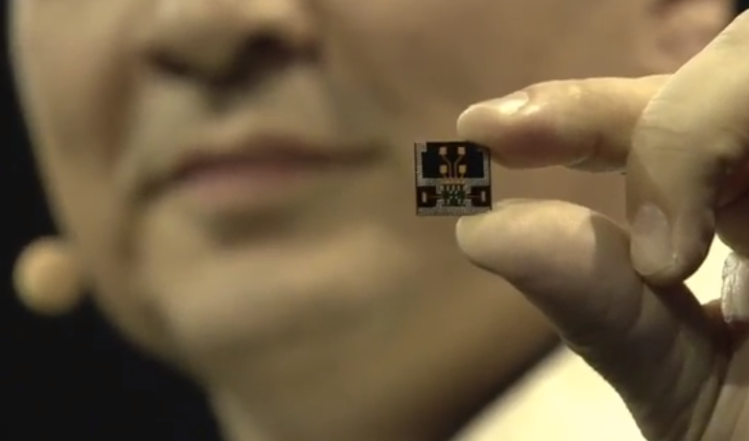testsetset
Google today announced Project Soli, a fancy new wearable device that uses radar and other technologies to make the hand the main user interface, at its annual I/O developer conference in San Francisco.
Google also provided some new information about the Project Jacquard touch-sensitive textile technology.
Soli includes the “first gesture radar that is small enough to fit in a wearable,” Ivan Poupyrev, technical project lead at Google’s Advanced Technology and Projects (ATAP) group, said during today’s presentation.
You can rub your fingers together just a little bit above the radar and instantly get a response — turning a virtual knob without touching the screen, for example — as Poupyrev demonstrated during today’s presentation.
June 5th: The AI Audit in NYC
Join us next week in NYC to engage with top executive leaders, delving into strategies for auditing AI models to ensure fairness, optimal performance, and ethical compliance across diverse organizations. Secure your attendance for this exclusive invite-only event.
An application programming interface (API) for Soli will be coming out later this year, Poupyrev said.
Projects Soli and Jacquard are the latest technologies to come out of ATAP, the impressive research and development group that pushed out Project Ara modular smartphones.
With Jacquard, integration with wireless connections and mobile devices are on the way.
“Swipe across the sleeve and make a phone call,” Poupyrev said.
Google has partnered with San Francisco-based Levi’s on the textile work, Poupyrev said.
Here’s a video on Project Jacquard:
And here’s one on Project Soli:
Google hinted that it would announce a new wearable at I/O in the description for a session at the conference, teasing “wearables that we hope will blow your socks off. (We mean this more literally than you might think….)”
This isn’t Google’s first foray into wearables, of course. The Google Glass wearable debuted in 2012, but the product has not been a hit.
Meanwhile, last year Google announced a contact lens that could sense glucose levels in tears for people with diabetes.

